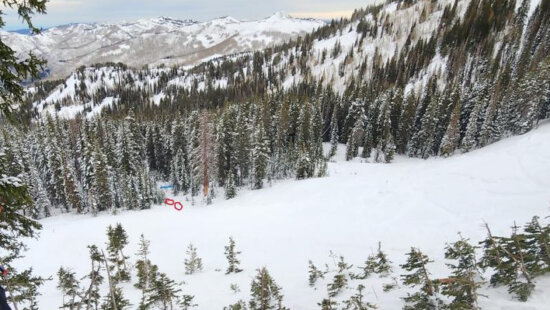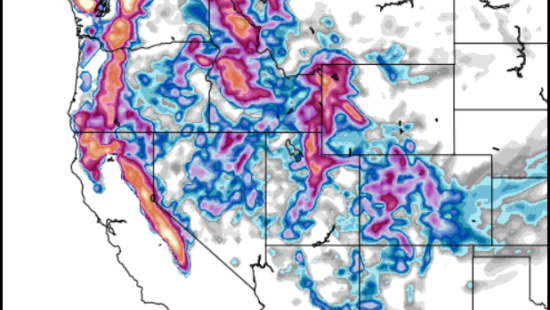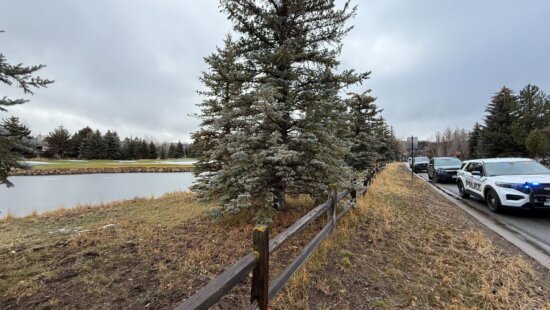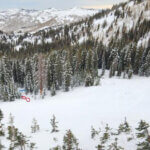Environment
Swaner’s monarch butterfly way station and how you can help
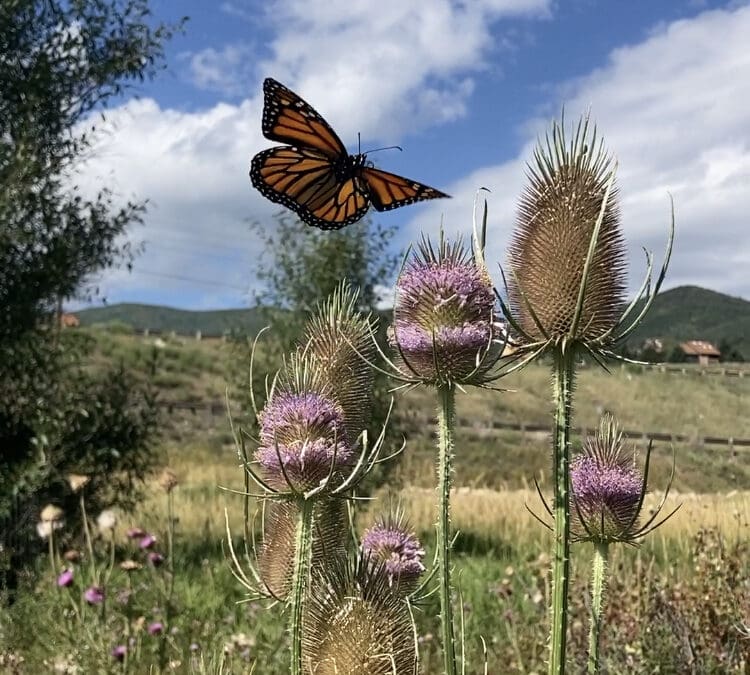
Photo: Rhea Cone.
You too can help the monarchs find milkweed
PARK CITY, Utah — At the Swaner Preserve & EcoCenter in Park City you are most likely to see monarch butterflies in August and September. Monarch butterflies are an important indicator species of how habitats are doing. Rhea Cone, the director of conservation at Swaner, says, “They have lost a lot of habitat. Utah is only 1% wetland and we lost a lot with development, draining of wetlands, and degradation of wetlands.”
Free milkweed seeds and plants are available to homeowners
Milkweed is an obligate plant species for monarch caterpillars. It’s the only food they eat. Adult Monarch butterflies feed on any nectar plant.
Swaner Preserve received a grant from the Utah Department of Agriculture and Food, which let them add 350 pollinator plants.
Cone says, “there are milkweed plants and seeds available through grants and Facebook groups and it is important to use species native to our area.” One such Facebook group belongs to the nonprofit organization Friends of Monarchs and has a seed sharing program and instructions on how to plant milkweed.
While Utah has at least 15 native milkweed species, there are two that are best for our area. Showy milkweed likes growing in wet ditches and flowers in May through July. You can spot it along the side of Parley’s Canyon during those months. Swamp milkweed disappears with wetland degradation.
A monarch way station
Swaner plants nectar and pollinator plants for adult monarch butterflies. Several years ago, they received 10 milkweed plants, which they planted close together in their garden. They did not return the following year, but a year later 15 plants grew and the patch has been expanding ever since. Swaner has been registered as a Monarch Waystation with Monarch Watch. Monarch Watch recommends that a way station be at least 100 square feet. Swaner has 1,200 acres.
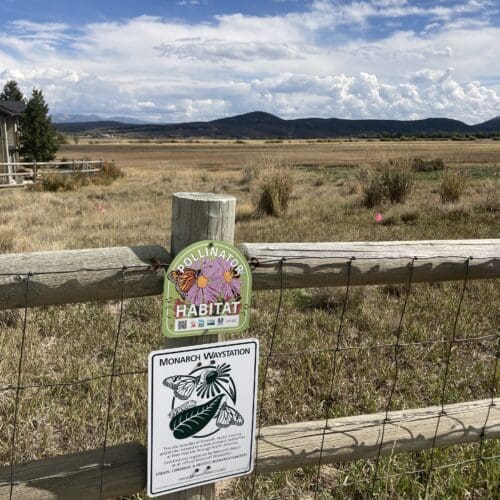
Become a citizen scientist
One of the organizations that helps record sightings of monarchs, bumblebees, and milkweed in Utah is the Utah Pollinator Pursuit. You can find resources on their site. Cone uses an app called iNaturalist to record pictures of plants, butterflies and other animals she spots on Swaner Preserve. This year she successfully photographed 10 distinct monarch butterflies at the preserve, which is up from last year. However, butterflies are not easy to record in photographs.
Monarch butterfly tracking and research
Other places have annual Monarch butterfly counts and tag butterflies with small stickers. Several of those locations are in California where some of the super-generation of monarch butterflies go to overwinter, before they head back to their summer breeding areas. They are arriving at those sites now through the end of November. Most monarch butterflies only live two to six weeks, but the winter migration generation lives eight to nine months.
Help the monarchs find milkweed when they return, so their caterpillars will find food. Turn your yard into a way station for their journey with plenty of pollinators, such as the Utah native lupine and other varieties to provide flowering plants throughout the growing season.
Butterflies of Park City by local photographer Rod Rinderknecht is now on display at Swaner. The EcoCenter is open Wednesday through Sunday from 10 a.m. to 4 p.m.
















